After a year-long delay due to the pandemic, the much-anticipated Friends Reunion Special finally has a “stream date”: Thursday, May 27th, a tribute to its original “Must-See TV” night. The big event has already driven legions of fans sign up for HBOMax, turning the service into “Must Stream TV.”
David Janollari was a young development executive at Warner Bros. Television when he developed and sold Friends to NBC. A few generations and several disruptions after it premiered in the fall of 1994, Friends has become one of the most streamed shows on Netflix – and the entire Friends library became a major part of the HBO Max launch last year.
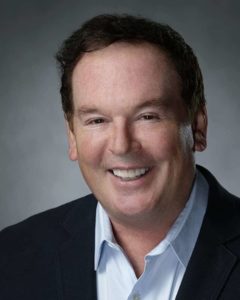 Janollari went on to develop and produce some of the most popular and critically acclaimed series of the last two decades, introducing the world to The Jamie Foxx Show and The Wayans Brothers, executive producing HBO’s Six Feet Under and PBS breakout American Family, spearheading Teen Wolf and Awkward as head of programming at MTV, and launching long-running hit Supernatural as president of The WB Network. More recently, he launched NBC’s Midnight, Texas, based on the novels by True Blood author Charlaine Harris, and Bluff City Law starring Jimmy Smits.
Janollari went on to develop and produce some of the most popular and critically acclaimed series of the last two decades, introducing the world to The Jamie Foxx Show and The Wayans Brothers, executive producing HBO’s Six Feet Under and PBS breakout American Family, spearheading Teen Wolf and Awkward as head of programming at MTV, and launching long-running hit Supernatural as president of The WB Network. More recently, he launched NBC’s Midnight, Texas, based on the novels by True Blood author Charlaine Harris, and Bluff City Law starring Jimmy Smits.
With Friends back in the news, we talked to Janollari about how the juggernaut came to be, when he knew it was a hit, and how “watercooler TV” has changed since then.
![]()
Watercooler:So, take us back to the beginning. How did the idea for Friends first get hatched?
David Janollari: In the early 90’s, Melrose Place was one of the biggest hits on television, and it really captured the feeling of being twenty-something and out in the world for the first time. I loved it. So, I kept asking, “What’s the half-hour comedy version of that time in your life?” Marta Kaufman and David Crane, who I had worked with in my early days in New York when they were writing and producing musicals Off-Broadway, came up with their version based on their circle of friends in New York in their 20’s…and that became Friends.
We pitched it initially to FOX, thinking they had the core young audience demographic, and while they liked the pitch, they ended up passing over deal/financial terms. We then presented it to NBC, who bought it immediately. And the rest is history.
WC: What about their pitch grabbed you and made you think it could be a hit?
Janollari: The pitch for Friends was one of the all-time great pitches I’ve ever experienced. First, Marta and David had been friends since college, and as theater majors and musical-comedy writer/producers, they delivered the pitch alternating back and forth and practically finishing each other’s sentences. It was entertaining and it was funny! And it was all about that time in your life in your early to mid-20’s, and the six characters, largely based on themselves and their real-life friends, were vivid, specific and exactly who they remained from the pitch through the end of the series. The pitch and the show captured a voice of a generation…it was relatable, current, resonant and unique on the television landscape.
I will add that in addition to a tremendous voice and vision with great writing, the magic of Friends would not have captured the audience if it wasn’t for the oh-so-perfect casting of the stellar ensemble. From the moment we saw the six of them together, the alchemy was palpable, and we knew we had assembled a true group of friends.
WC: How long did it take for a show to find an audience back then?
Janollari: I remember very clearly that when we launched Friends, it didn’t really click in until a handful of episodes aired. Now in the scheme of things, that’s not really a tremendous amount of time. But we were on a network with huge hits like Cosby and Cheers ending, emerging new hits like Seinfeld and Mad About You, and brand-new juggernaut ER at 10 p.m. The bar was high.
WC: What was the turning point?
Janollari: I recall that in the November sweep we did a cross-over episode in which George Clooney and Noah Wylie from ER appeared, and that stunt episode/evening kind of cemented us in everyone’s eyes. In January, the cast was on the cover of Rolling Stone…and the show was a bonafide hit!
Keep in mind, in those days there were four networks, NBC, ABC, CBS and FOX, and only a few small cable networks. HBO was not nearly the powerhouse that it is today…it was pre-Sopranos, Sex and the City, Six Feet Under. So, the competitive playing field was much smaller, but the measure of success in terms of audience ratings was high.
WC: You started your own production company after Warner Bros., The Greenblatt Janollari Studio, with Bob Greenblatt (now chairman of WarnerMedia), and produced several hits — The Hughleys, Eve, American Family, Elvis — and the groundbreaking (no pun intended) Six Feet Under for HBO. How did the process of finding watercooler shows like Six Feet Under change for you?
Janollari: Six Feet Under was a charmed experience from start to finish. Alan Ball wrote the script on the heels of his award-winning American Beauty and his short-live ABC sitcom Oh Grow Up, that Bob Greenblatt and I produced with him. He channeled characters and relationships from his life, and created a series that echoed the dark and humorous sensibility of American Beauty that served as a relatable mirror – held up to the very contemporary world we all lived in. We took it only to HBO, they bought it immediately and supported it tremendously every step of the way.
The casting process reminded me a lot of the casting process on Friends. We had to build a family that was credible, and the audience would buy into and believe in. They also had to be actors who could deliver the drama and the dark comedy of the show. While it was one of the most challenging casting adventures of my career (up there with Friends), it was one of the most rewarding and successful. I could not be prouder of that cast and that show.
WC: How long did it take “Six Feet Under” to find its audience and get people talking?
Janollari: I recall that when everyone saw Episode 5, it kind of galvanized and people were all in. Again, in the scheme of things, not a long time at all, but a testament to the fact that new forms and new tones take a minute for the audience to sink in and understand the formula or the vision. The fact that the “franchise” of the show was a death of the week from the funeral director’s point of view had not been done, and it needed a moment to establish itself as a regular story engine of the episodes. Getting to know each character and their drives and desires and secrets required the audience spending more and more time with them. And time for the writers to write to them specifically to give them more definition and dimensions.
It was also fortunate timing that Sex and the City and The Sopranos were pretty much established watercooler hits, so HBO had an audience that was coming to them for this kind of unique, out-of-the-box tone of shows…each that were a little “taboo” in their own way. Our little show about a dysfunctional family of funeral directors fit right in.
WC: Was there something about Episode 5, that point in the series, that made everyone talk about it – or hooked everyone?
Janollari: I think the idea of peeling back the curtain on the death industry might have piqued the audience’s interest initially, but it was ultimately the study of these contemporary characters and their relationships in a funny and heartfelt, and surprising and unorthodox way that really endeared the show to the audience.
WC: Since Six Feet Under days, social media has become a part of everyone’s lives — and changed the game when it comes to how people learn about and decide what to watch. How does it impact how you discover shows?
Janollari: Today, not only is everyone a critic, everyone can spout criticism (positive or negative) with the touch of a keyboard. So professional reviews and critical reception are much less important these days than the potential to break out by word of mouth or word of Twitter. To be “in the conversation” is the way shows generate their popularity or their rejection.
Also, to keep in mind, gone are the days of huge, mass audience-galvanizing hits with sizable and undeniable viewing results. Television is mostly in the niche business…streamers and cablers and even the broadcast networks need to look for signs of a pulse in some key audience demos and segments
WC: You’ve had front-row experience with specific cablers and demos.
Janollari: I first got an indoctrination to the power of social media when I was Head of Programming at MTV and launching shows like Teen Wolf, Awkward, etc. and while Jersey Shore was blowing up the landscape. The younger segment of the audience was on the forefront of using social media as a tool to share the watching experience, their opinions and their overall engagement. Now every age group is on social media and using it as a tool to judge, praise, support, and engage in television shows.
Every broadcaster, cabler, streamer has rapidly growing social media departments that are a vital part of the marketing process in launching and sustaining hit tv shows. The real-time, immediate, and interactive nature of the feedback and the communication is invaluable to helping nurture hits.
WC: With that real-time interaction at everyone’s fingertips, how does that impact how long it takes for a show to find an audience today?
Janollari: We are certainly in an “immediate satisfaction” world now, and while I think the audience will be patient to go on the ride for 10 episodes of something that intrigues them, the first episode and how it pivots into the next episode is important to “hook them.” There are just too many choices to watch…and there are so many networks super-serving every different type of audience member. You have to hook the audience you’re speaking to in order to keep them in this over-saturated marketplace. But the trigger finger will get quicker and quicker the more choices there are.
WC: You are still a prolific producer with several shows in the pipeline, and always scouting for that next big hit. What do you look for in a script today?
Janollari: I have always believed that one-of-a-kind shows are the ones that will break out. Shows that are a little “scary” to launch are usually worth the effort. NBC was nervous that a show about 22-year-olds would connect with the 18-49 demo. HBO was not sure the audience would embrace “death,” etc. The key ingredient is surprise. How do you surprise the audience and not give them the same old formulaic shows repeatedly? Tiger King was a good example of that this year…talk about something wholly unique and jaw-droppingly bizarre!
In the scripted world, I think it’s about exploring subcultures that have not been exposed on television, and embracing really bold, dimensional original characters that surprise you with their behavior and their humanity.


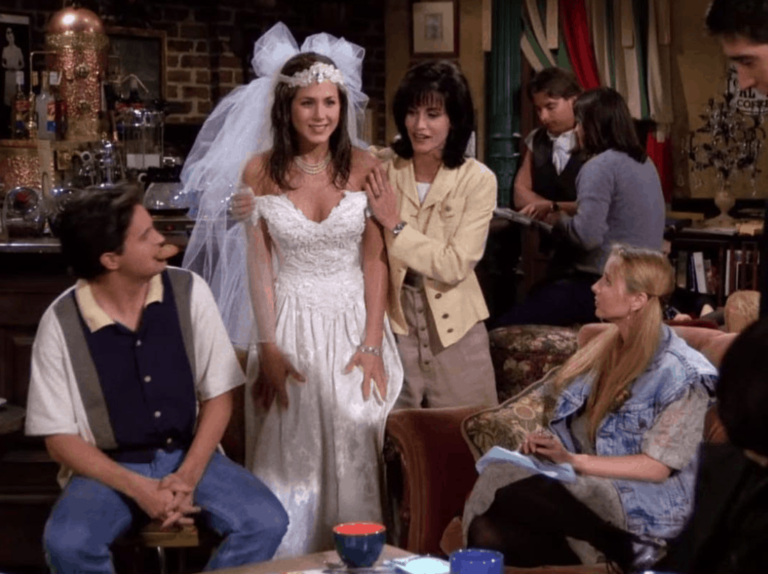
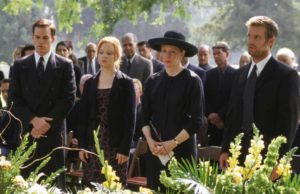

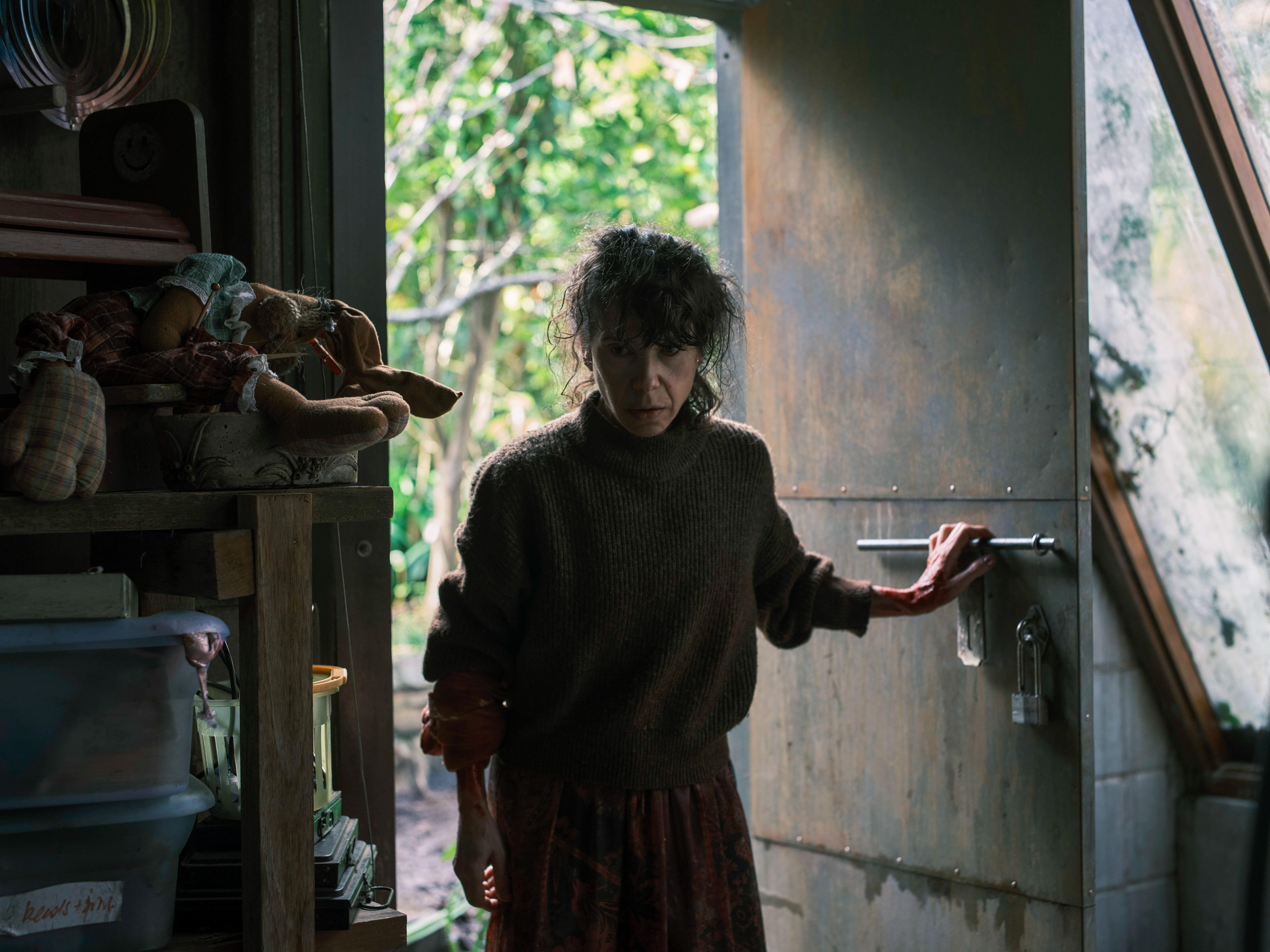
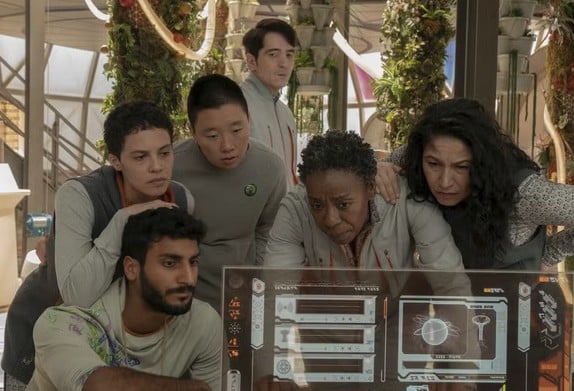
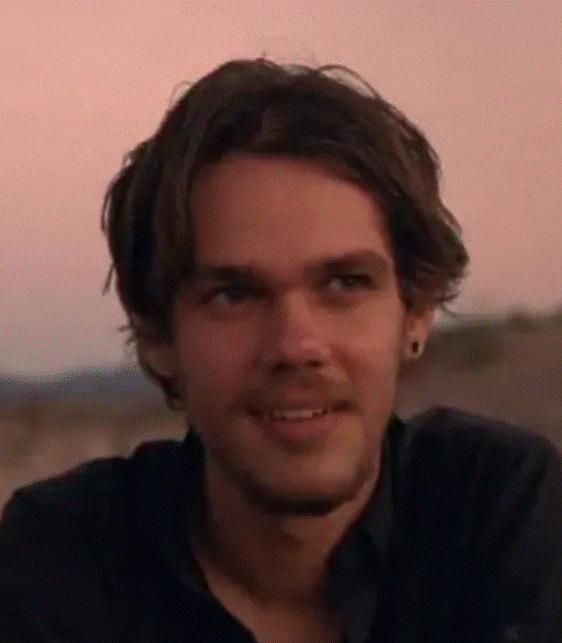
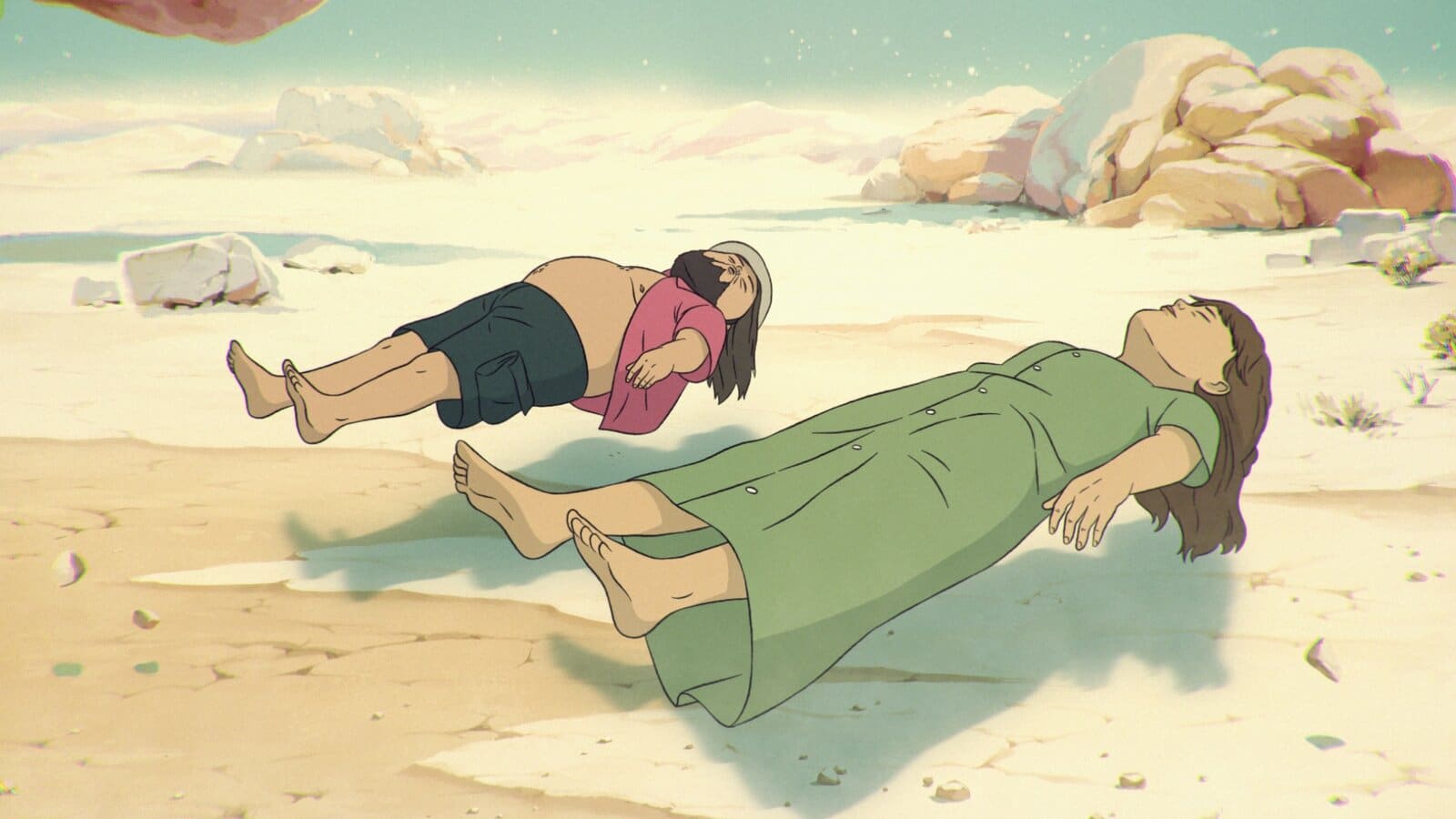
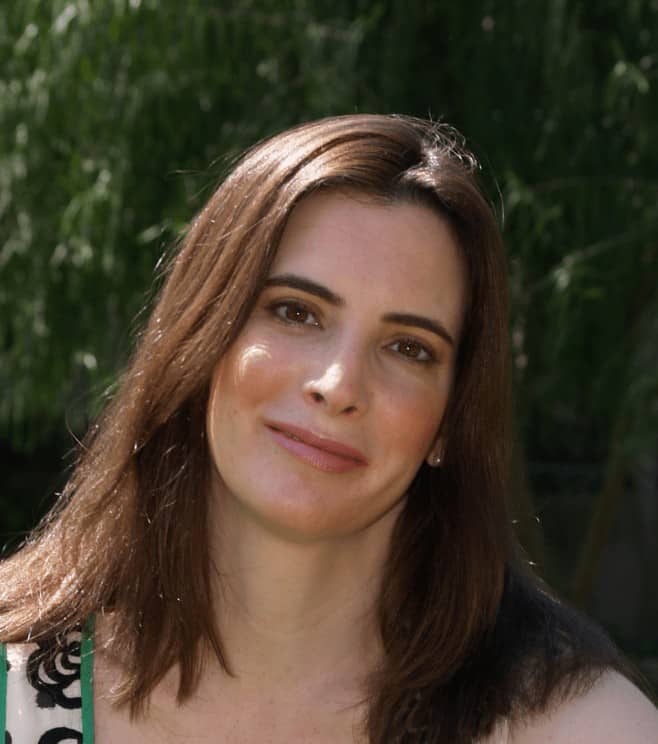

Start a watercooler conversation: